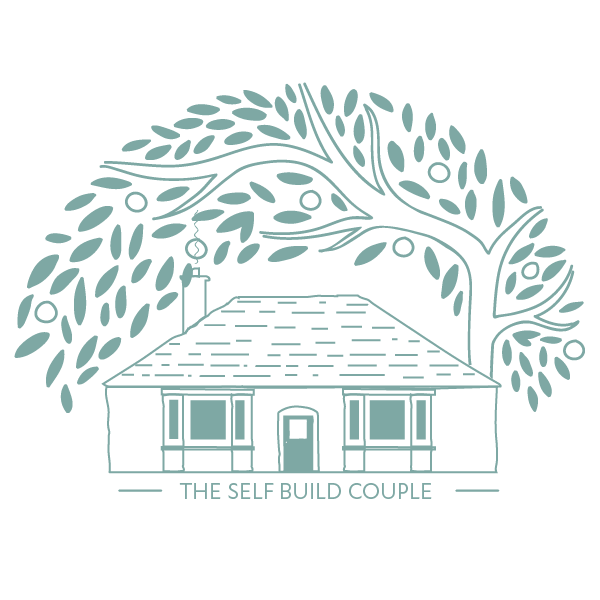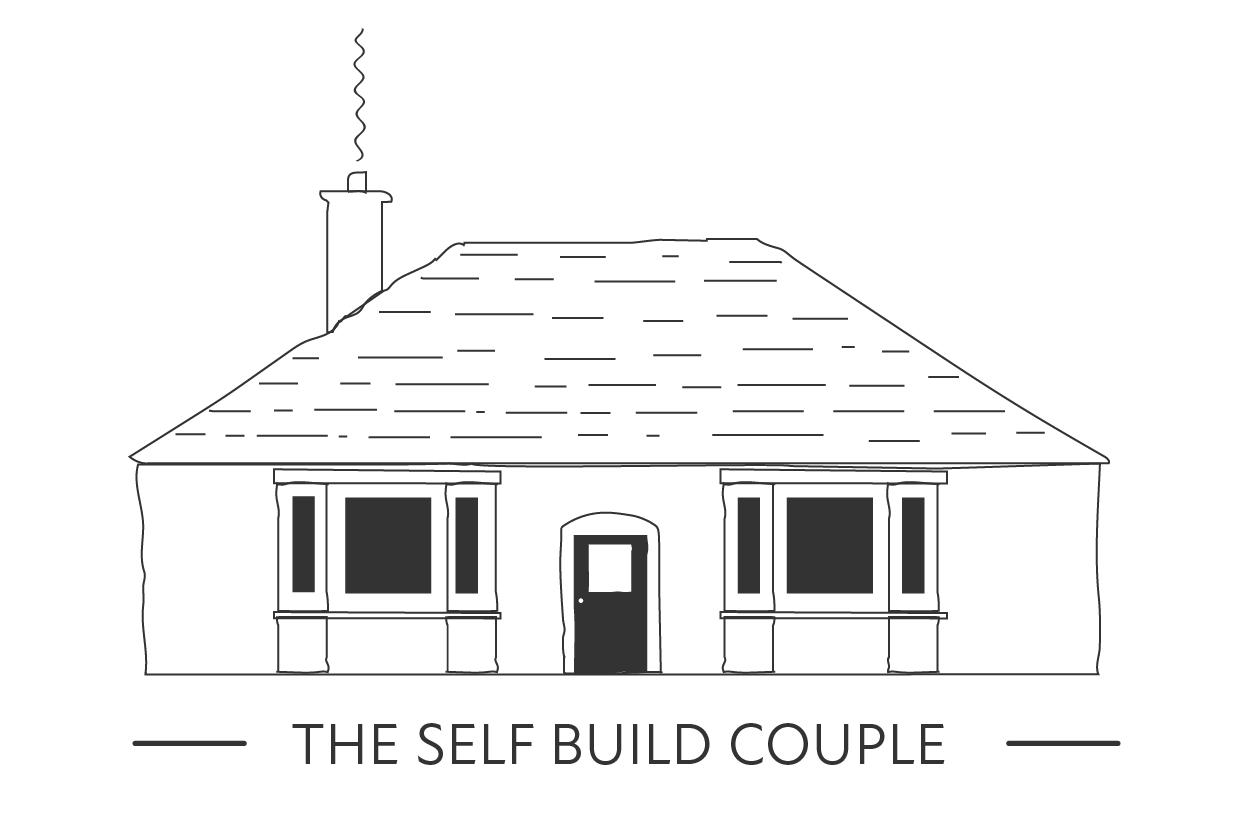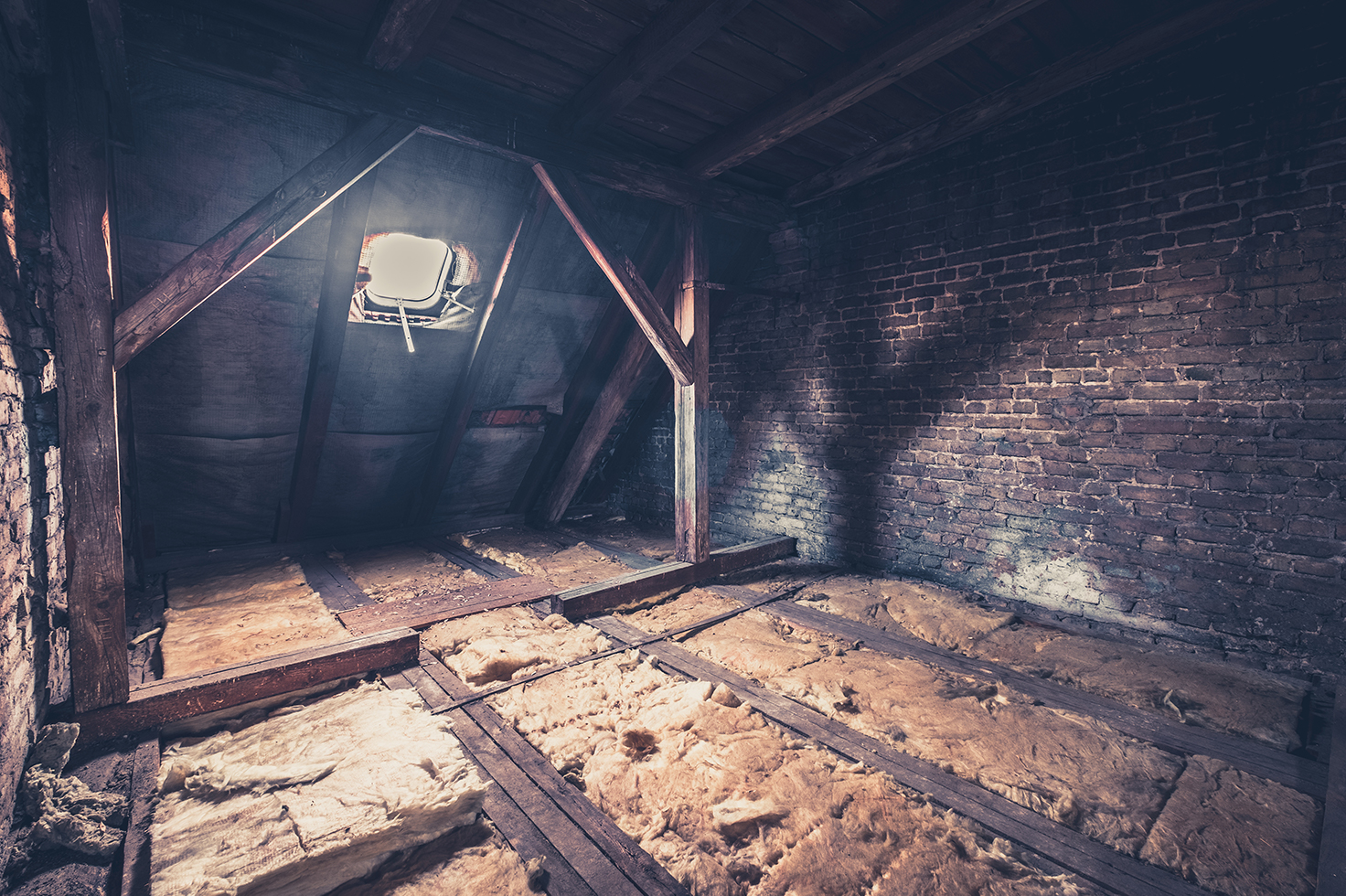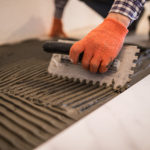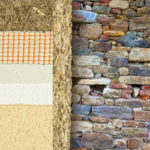To answer the question, you should know the type of insulation, its lifespan, and whether or not it had been exposed to certain factors. Fibreglass insulation, for example, can last for 100 years, if you manage to protect it from moisture, dust, mould, and pests. Always keep an eye on such signs as leaks, rodent problems, and high energy bills which might signalize that the insulation needs to be removed.
Damaged house insulation or one that has degraded over time can cause a variety of problems. Starting with higher energy bills and ending with health hazards (such as mould and rodents, for example). That’s why it’s extremely important to know exactly when your insulation needs to be replaced.
What type of insulation has the longest lifespan and what are the main signs that indicate that you should do something about your house insulation? You are about to find out.
Types of Insulation ; Lifespans
The first thing that you need to figure out is what type of insulation your house has.
Fibreglass Insulation
This is a popular option that can last for up to a hundred years. It is easy to work with and is cost-effective.
However, if the insulation had been installed in fibreglass batts, it can start falling off in only about 15-20 years.
In order to work, this type of insulation needs to stay fluffy and light. You would have to replace the fibreglass if it gets wet (that can happen because of a roof leak, for example). In such a case, the age of the insulation doesn’t really matter.
Finally, fibreglass might become more compressed throughout the years which makes the whole thing pretty much ineffective. Fibreglass insulation in the attics can also be compressed because the owners fail to store their things properly.
Spray Foam (Polyurethane Foam)
Possibly, the most durable form of insulation as it doesn’t hold moisture and is mould resistant. This type will also not move around until you physically cut the thing off.
Spray foam can last for a lifetime (or even longer). However, it may be damaged by remodelling, certain types of repairs, or different animals.
Mineral Wool Insulation
This type of insulation can come with different base materials (glass wool, slag wool, or rock wool). The lifespan of mineral wool insulation would depend on the base and can be anywhere between 30 and 80 years.
Unfortunately, this option can easily be affected by mold or moisture. As soon as the insulation gets wet, you would have to replace it (even if it’s brand new).
In a lot of cases, mineral wool makes great supplementary insulation.
Cellulose Insulation
Cellulose insulation is an eco-friendly option that effectively blocks air.
But the bad news is that cellulose would definitely start to degrade over time. Typically, this insulation would last you around 20-30 years, but the first problems can appear in as little as 15 years.
Cellulose insulation needs to be replaced once wet. It is also prone to mould growth.
Just like with mineral wool insulation, cellulose is popular supplementary insulation.
What is the R-value of an insulation product?
One of the most important factors that you should consider when getting new insulation is the R-value. This number shows how effective the product is at resisting heat transfer.
Basically, the higher the R-value, the more insulating power the product has.
If you live in an area with a warmer climate, you can go for an R30 for the ceiling. For the colder places, the value of 50 and 60 is a better option.
Factors that Affect the Lifespan of Insulation
No insulation is invincible. And, in the end, it doesn’t really matter what type of insulation you have as there are quite a few factors that can severely affect its lifespan.
- Any kind of water damage. That includes blown-off shingles, leaks, and so on.
- Mould. And the worst thing about it is that you can’t always see the mold.
- Dust. As dust accumulates on the insulation it will make the whole thing less effective.
- Punctures. Different animals and storms can be to blame.
- Improper installation.
- Of course, fires, severe weather events, and repairs can damage the insulation as well.
By the way, ‘batt insulation’ and ‘loose-fill insulation’ don’t have a long lifespan even without the impact of these factors. The first option starts to fall out in only about 15 years, while the latter settles over time (that leads to air leaks).
Signs that Show Your Insulation Needs to be Replaced
Are you still not quite sure whether or not you should replace your old insulation? If any of the statements mentioned below describe your particular situation, it looks like the answer is ‘yes’.
- The house is drafty.
- The temperature in the house is uneven and/or changes often.
- Some rooms have a draft (the problem might be with crawl space insulation).
- It is challenging to get your house to the right temperature and keep it there. You always feel like it’s too hot or too cold.
- Someone in the household is suffering from allergies or certain types of illnesses caused by bacteria and mold that might flourish in your insulation.
- You have to deal with leaks and condensation issues on a regular basis.
- You have a rodent or pest problem in your house.
- Finally, your energy bill is too high.
Of course, if you have noticed that some parts of the insulation started to fall off, you would have to replace it. You should do the same thing in case the insulation (or a part of it) seems wet.
Should You Remove Your Old Insulation Before Installing New Insulation?
You should always replace old crawl space and wall insulation.
However, that is not always the case with attic insulation. In fact, a lot of experts agree that adding new insulation over your old one is totally fine.
Warning! If the old attic insulation has signs of mould or is wet, it has to be removed.
Difference Between Wall, Basement, and Attic Insulation
Approximate Lifespan | Factors that Affect Lifespan | |
Wall Insulation | Up to 80 years or as long as the house stands. | In the absolute majority of cases, wall insulation is already protected from moisture and is concealed. It is hidden in the cavity of the walls, so, usually, no animals are able to damage it. |
Basement insulation | Typically, basement insulation would last for around 30-50 years. If you manage to keep the space dry, the insulation might last for another two decades. | Basement insulation isn't usually as affected by external factors as other types of insulation. However, sometimes rodents and/or moisture can become a problem. |
Attic Insulation | In ideal conditions, attic insulation should last for up to a hundred years. | - Moisture |
Crawl Space Insulation
Does your house have a crawl space? If yes, then you know that this part of your home has to be insulated as well. But unfortunately, the insulation will last for only about 10-40 years (half the lifespan of insulation in other areas).
The moisture and mould associated with ductwork and groundwater drastically affect the insulation’s lifespan in the crawl space.
Tip: if you don’t want to deal with crawl space insulation, you can go for encapsulation – the instalment of a plastic barrier with a dehumidifier that keeps the area dry, and mould- and pest-free.
To Sum Up
How often should house insulation be replaced?
There is no one single answer to this question. You should know the type of insulation and the house’s ‘history’. If there were any rodent or mould problems; whether the house had been remodelled or not, and so on.
Some types of insulation can last for a hundred years. But that’s in the ideal scenario. Such factors as moisture, mould, pests and even dust can affect the overall lifespan of insulation.
There are a few signs that indicate that your house has an insulation problem. Those include high energy bills, the uneven temperature throughout the house, condensation issues, and health issues (such as allergies).
If you have spotted any of these signs, you should inspect the insulation (or ask the professionals to do that) and take the necessary measures.
The great news is that in case you manage to install the insulation properly and protect it from the external factors mentioned above, you’ll have the luxury of forgetting about all insulation-related questions for decades.
